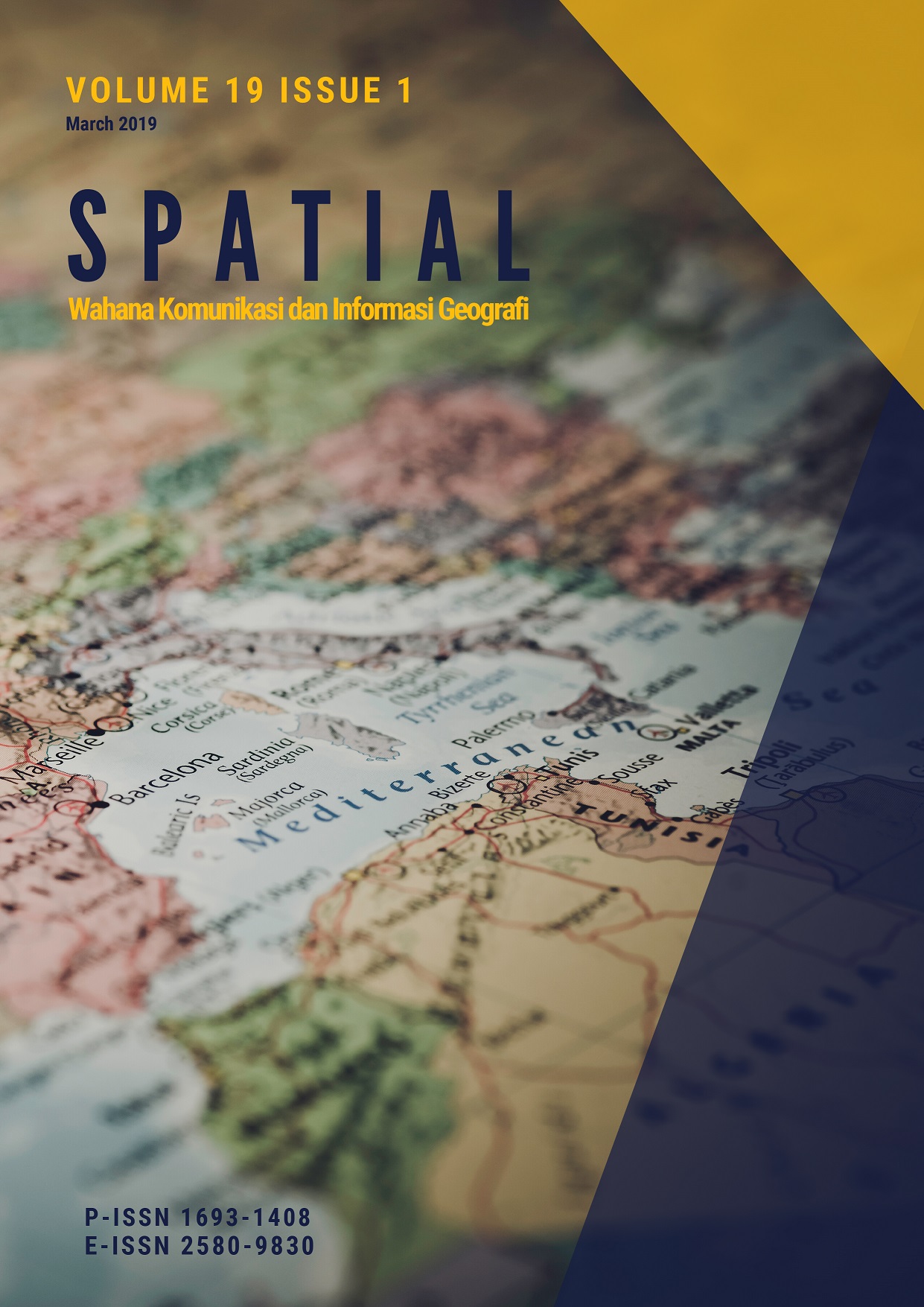The Movement Patterns of Tourist Destination Floating Market, Lembang, West Bandung Regency
DOI:
https://doi.org/10.21009/spatial.191.07Keywords:
Movement Patterns, Travelers, Travel DestinationsAbstract
This research aims to know the movement patterns of tourist destination
floating market, Lembang, West Bandung Regency. The method used in
this research is descriptive method with a survey approach. The study
lasted from June to July 2019. The indicators are (1) the number of
tourist visits each tourist destination, (2) motivation of tourist visits, (3)
length of stay, (4) modes of transportation, (5) accessibility to tourist
destinations, (6) traveling experience, (7) number of traveling
companions, (8) tourist attraction. The results showed tourists from
Banten Province tended to only make Multiple Patterns with the type of
Chaining Loop and Stopover. The age of 17-30 years dominates the era
of tourists; these tourists do tours with their families as much as 100%.
Tourists travel time from the origin area to tourist area is 4 to 5 hours, so
tourists further shorten the time of visiting each destination and
destinations visited by more tourists.
Downloads
Published
How to Cite
Issue
Section
License
An author who publishes in the journal SPATIAL Wahana Komunikasi dan Informasi Geografi agrees to the following terms:
Author retains the copyright and grants the journal the right of first publication of the work simultaneously licensed under the Creative Commons Attribution 4.0 License that allows others to share the work with an acknowledgement of the work's authorship and initial publication in this journal
Author is able to enter into separate, additional contractual arrangements for the non-exclusive distribution of the journal's published version of the work (e.g., post it to an institutional repository or publish it in a book) with the acknowledgement of its initial publication in this journal.
Author is permitted and encouraged to post his/her work online (e.g., in institutional repositories or on their website) prior to and during the submission process, as it can lead to productive exchanges, as well as earlier and greater citation of the published work (See The Effect of Open Access).
This work is licensed under a https://creativecommons.org/licenses/by/4.0/









